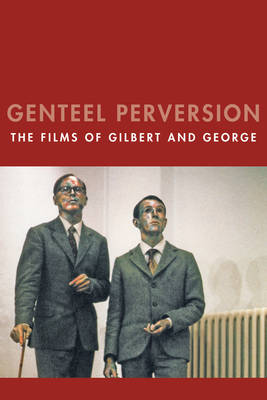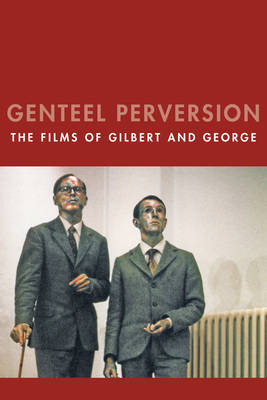
Wil je zeker zijn dat je cadeautjes op tijd onder de kerstboom liggen? Onze winkels ontvangen jou met open armen. Nu met extra openingsuren op zondag!
- Afhalen na 1 uur in een winkel met voorraad
- Gratis thuislevering in België vanaf € 30
- Ruim aanbod met 7 miljoen producten
Wil je zeker zijn dat je cadeautjes op tijd onder de kerstboom liggen? Onze winkels ontvangen jou met open armen. Nu met extra openingsuren op zondag!
- Afhalen na 1 uur in een winkel met voorraad
- Gratis thuislevering in België vanaf € 30
- Ruim aanbod met 7 miljoen producten
Zoeken
Omschrijving
Gilbert and George are perhaps the world's most enduring and controversial artist duo, and the first to transform themselves into a permanent, living work of art. Incorporating their lives, fears, desires, and beliefs into their oeuvre, Gilbert and George--with their almost alarming formality and raucous use of color--have been alternately celebrated as frank observers of the human condition and accused of reactionary posturing, obscenity, and profanity. But while much has been written on their photo-pieces and their renowned performance The Singing Sculpture, scholars have long neglected the vital importance of video and film to the artists' work. Until now. In Genteel Perversion, Chris Horrocks traces Gilbert and George's trajectory from eccentric London art students to major international artists through the lens of their relationship with the moving image. By analyzing how their unique deployment of film and video has evolved over the past forty years, Horrocks shows that as Gilbert and George have embraced new technologies and networks to increase exposure, they have come to occupy a precarious position between using film and being filmed--that is, being used by film. Genteel Perversion reveals how their signature pieces--such as their notorious Bend It dance, melancholic Red Sculpture, and seminal early short film Gordon's Makes Us Drunk--allowed them to reinvent and reinforce their identity on camera. From their gallery-based video art to their film The World of Gilbert & George, and from the many documentaries in which they perform as themselves to their recent emergence into the world of social media and other alternative spaces of display, Genteel Perversion exposes the volatile collision of living art and moving image that were, are, and will be Gilbert and George.
Specificaties
Betrokkenen
- Auteur(s):
- Uitgeverij:
Inhoud
- Aantal bladzijden:
- 104
- Taal:
- Engels
- Reeks:
Eigenschappen
- Productcode (EAN):
- 9780983248071
- Verschijningsdatum:
- 15/07/2014
- Uitvoering:
- Paperback
- Formaat:
- Trade paperback (VS)
- Afmetingen:
- 152 mm x 229 mm
- Gewicht:
- 172 g

Alleen bij Standaard Boekhandel
+ 40 punten op je klantenkaart van Standaard Boekhandel
Beoordelingen
We publiceren alleen reviews die voldoen aan de voorwaarden voor reviews. Bekijk onze voorwaarden voor reviews.











